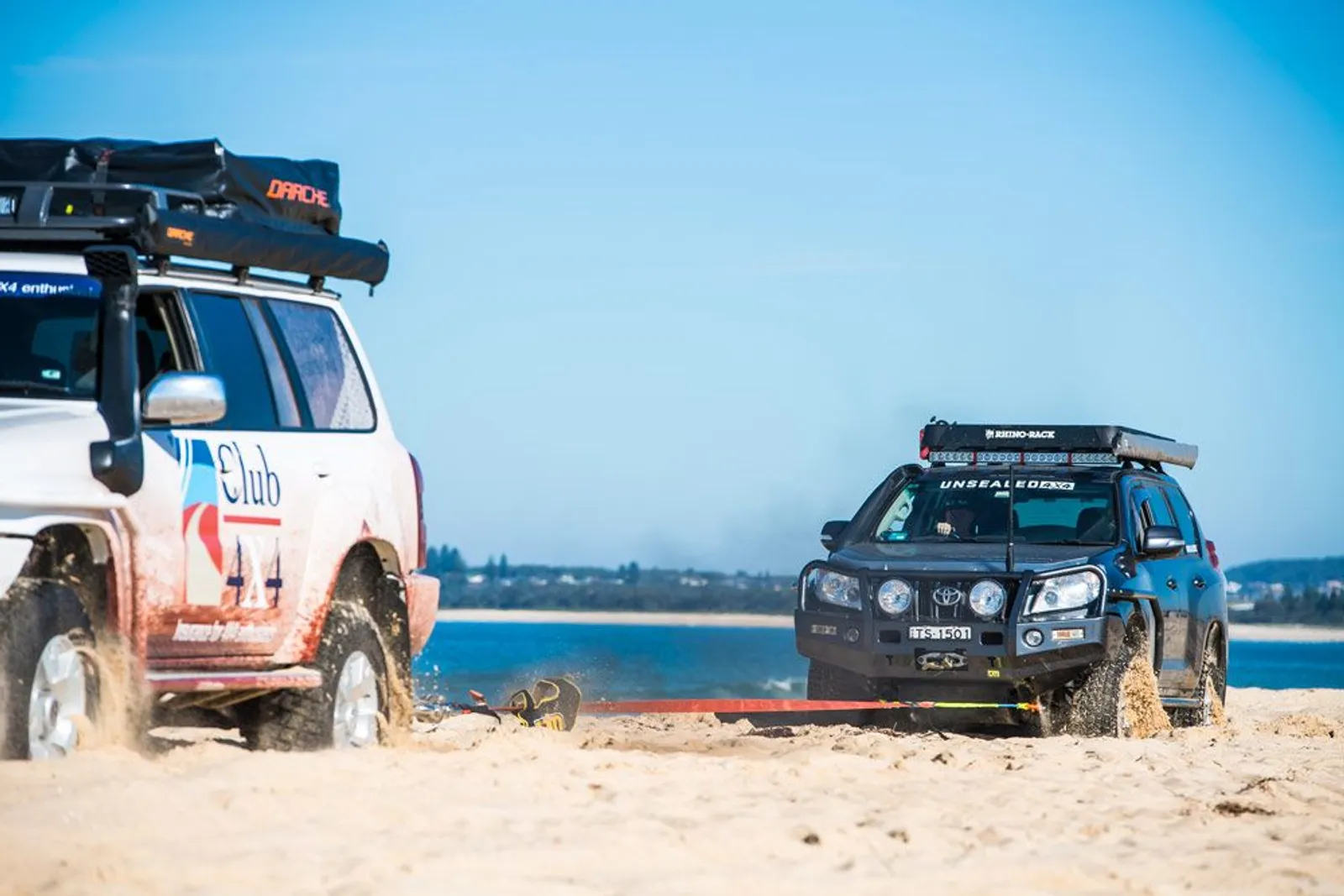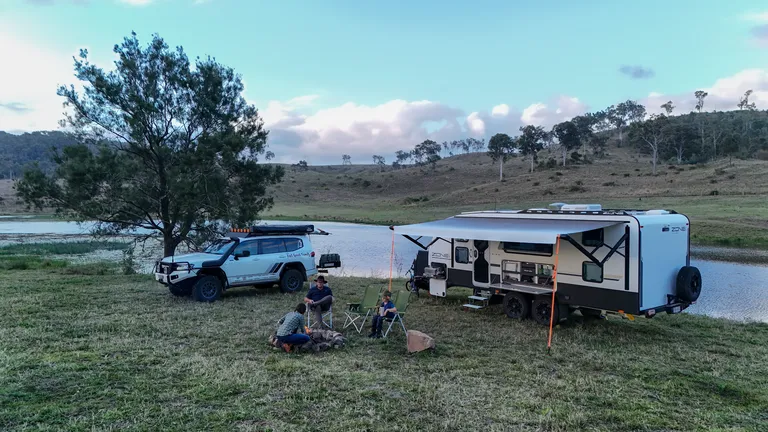Recovery Points are one of those pieces of gear that you don’t ever want to have to use, but when you inevitably do, you need to be able to rely on it. Seeing as none of us are perfect (ha!) there’s a good chance at some point off-road, you will need to have someone hitch a strap to your car to snatch you out.
There is so much information out there about the importance of appropriate and rated recovery points and yet, every day you still see videos on social media of people conducting recoveries off tow balls, factory tie down points, suspension arms (they’re the funniest), bumper bars etc. In the process, doing their vehicle and sometimes very sadly, themselves serious harm along the way.
The aim of this article is to provide you with the basic knowledge of what a recovery point is and why you need to have it. Definitely not a substitute for many of the articles out there in the World Wide Web world or more importantly, nothing like enrolling in a 4X4 Driving Course.
What exactly is a “Rated” Recovery Point?
It is a purpose-built point that is chassis-mounted and designed for the sole purpose of being used as attachment points in a recovery situation.
Without going into too much physics on an empty stomach, let’s get the basics out of the way.
A “rated” recovery point is a fixture that is mounted to the chassis with bolts, junction welds or both. Its purpose is to be used as an attachment point for recovery with a snatch strap or other similar recovery tool.
They’re built to accommodate a shackle which is then subjected, along with the strap, to physical shock and pulling forces; both longitudinal and latitudinal. If you consider it, the force of using a snatch strap is not a constant, it goes from low to large as the strap extends and then contracts, creating the inertia needed to pull the recovered vehicle out.
This unevenness in exerted force is what causes things like tow-balls to sheer off and cause major damage to vehicles and people.
The difference between a tie-down point and recovery point?
Some people consider the factory tie-down points as reasonable for recovery. A tie-down point is designed to hold a car to the ground for transport – not suited to the forces exerted in the recovery of a vehicle whatsoever and is a recipe for disaster.
If your vehicle is not equipped with purpose-designed recovery points, then it is crucial to invest in an aftermarket set. One point is good; two points (one of each side) are even better, as it effectively halves the load on each point and reduces the chances of bending your chassis. And don’t forget one for the rear!
We use ARB units on our GU, but there are many different products out there. Remember a strap letting go can be a missile that can kill – don’t skimp and ensure you have them installed before you hit the trails.
Happy Touring
Chantal





